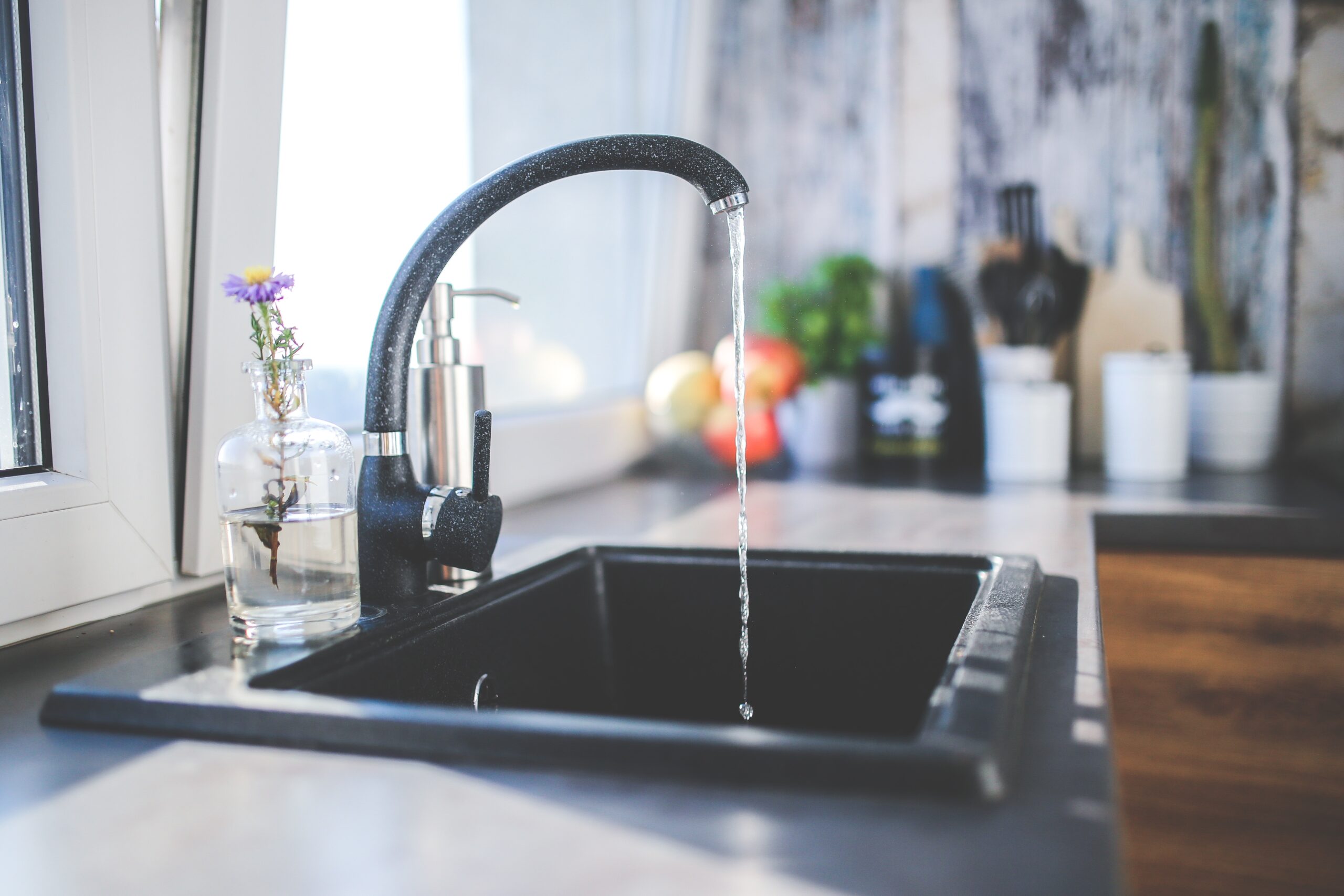
A recently completed government survey has found almost half of U.S. tap water is contaminated with cancer-causing ‘forever chemicals,’ named because the man-made toxins do not break down in nature or the human body, and accumulate over time.
The U.S. Geological Survey (USGS) estimates that at least 45 percent of tap water from public and private water supplies is contaminated by per-and poly-fluoroalkyl substances (PFAS) which, together, make up about 14,000 engineered chemicals that are linked to various health problems.
The survey tested 716 sites across the nation from 2016 to 2021, with 447 relying on public water works and 269 on private wells. The locations tested were both rural and urban. Public water supplies are regulated by the EPA, while homeowners must test and maintain their private water sources.
PFAS lasts indefinitely inside the body or in water sources without disintegrating. Forever chemicals leach into waterways and the body from various places, including non-stick cookware, cosmetics, textiles treated for stain and water resistance, and contaminated food sources. Along with their link to cancer, the toxins cause liver, kidney, and thyroid diseases, complications in unborn babies and low birth weight in newborns, autoimmune disorders, and diminished fertility, as well as other health issues like obesity and high cholesterol.
Kelly Smalling, the study’s chief author and USGS research hydrologist, said the scientists tapped kitchen sink water nationwide in the most comprehensive PFAS water study ever.
Scientists are now claiming that the chances of finding PFAS in rural areas is 75 percent, compared to 25 percent in metropolitan areas. Areas where high exposure was identified include much of California, the East Coast, the eight states surrounding the Great Lakes, and the Central U.S.
Ms. Smalling urged Americans whose water comes from private wells and who are concerned about its quality to contact local and state agencies for testing guidance. Extensive testing is the only way to detect PFAS in wells. She told NPR that the USGS study, and others, are good resources to inform people so they can decide if they should have their own water sources evaluated, whether they are public or private.
Meanwhile, chemical company 3M recently settled a wave of lawsuits accusing the manufacturer over the past 20 years of contaminating drinking water supplies with forever chemicals it knew were harmful. The company, over the next 13 years, will pay up to $10.3 billion to public water suppliers grappling with PFAS already detected in drinking water or that will be detected in the future. A judge must approve the settlement. 3M has stated the settlement is not an admission of guilt, and if a judge does not approve it, the company will continue to vigorously defend itself.
Three other companies – DuPont, Corteva, and Chemours – also agreed in early July to pay more than $1 billion to settle similar PFAS contamination lawsuits.
If you are an attorney involved in a PFAS contamination lawsuit, contact us about finding an easier way to get your clients’ medical records from a medical facility.